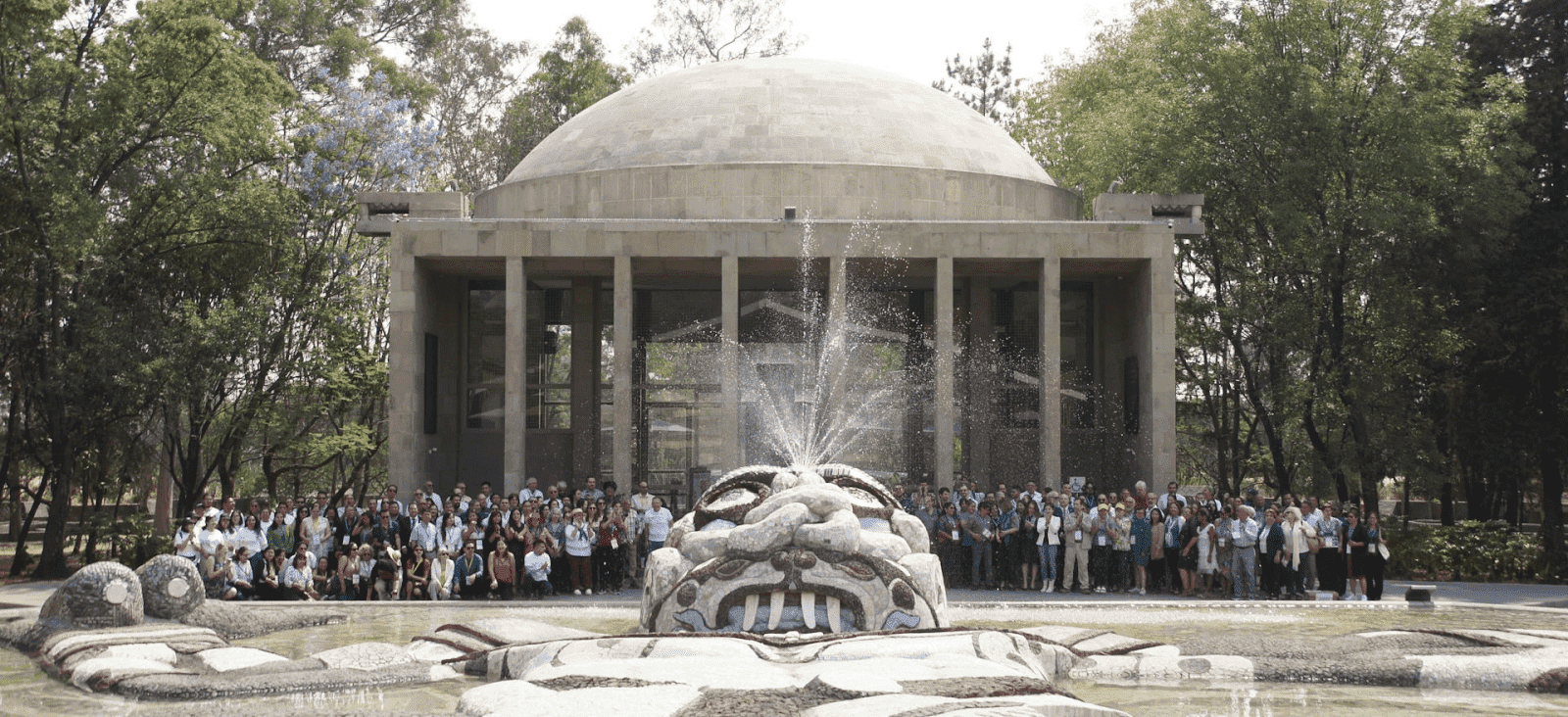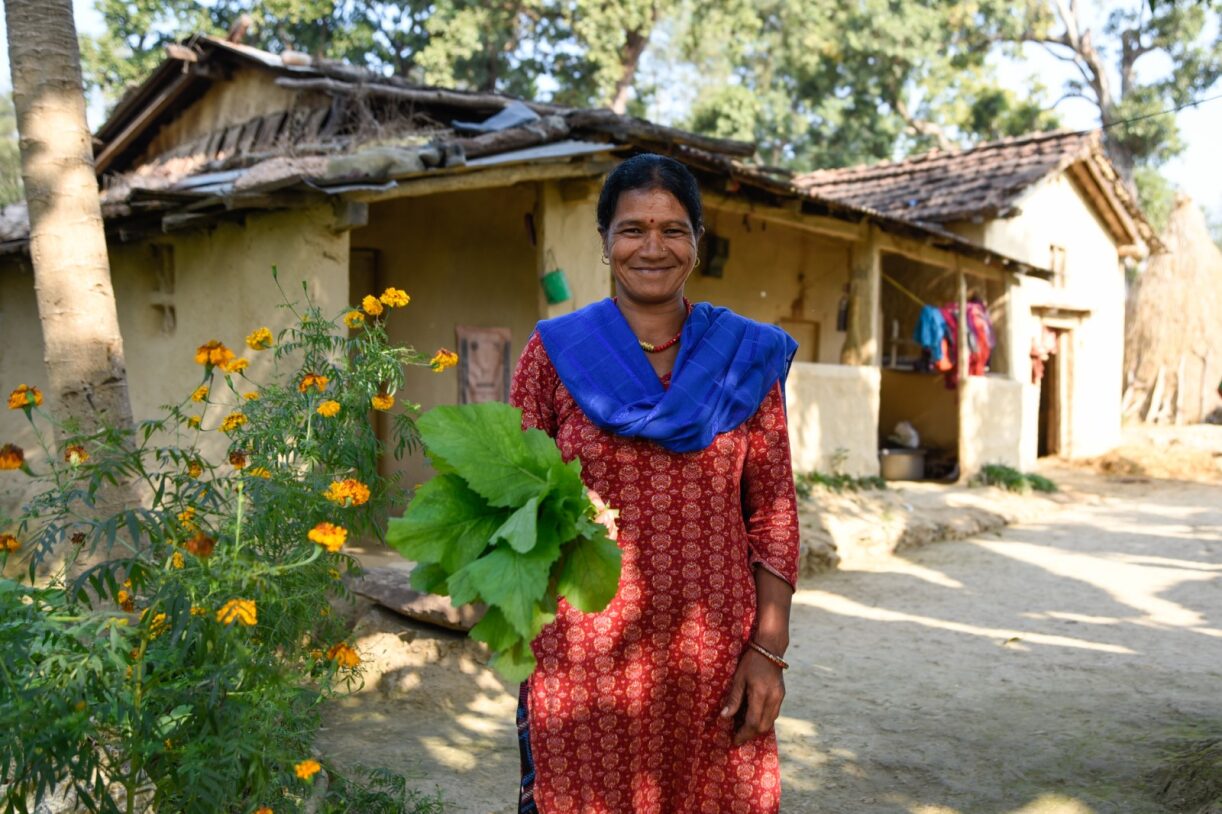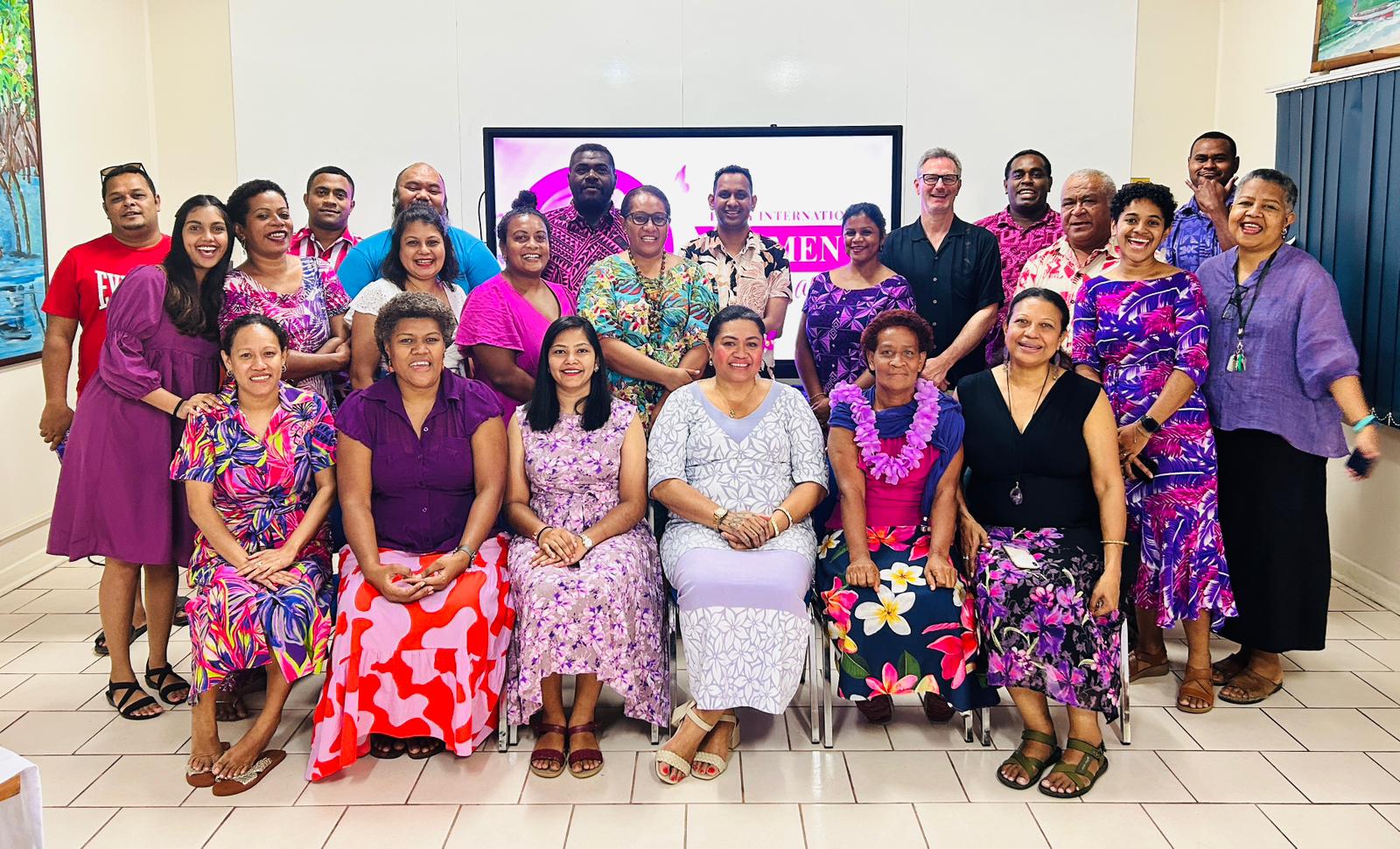Empowering Women: Driving Transformation in Conservation and Development
Women’s economic empowerment stands as a crucial factor in ensuring gender equality. Examples from around the world demonstrate that when a woman achieves economic independence or begins generating income, her status within the family, community, and society improves. Economic empowerment not only increases decision-making power but also alters power dynamics within the family, enhances mobility, boosts confidence, self-respect, and can lead to women’s leadership. A key element of women’s and girls’ economic empowerment is access to resources and the importance of supporting women and girls in leadership roles to “create prosperous economies and a healthy planet”.1
The UN International Women’s Day theme for 2024 is ‘Invest in Women: Accelerate Progress’, and the Campaign theme is Inspire Inclusion. The UN has identified five key areas for joint action: Investing in women, a human rights issue; Ending poverty; Implementing gender-responsive financing; Shifting to a green economy and care society; and supporting feminist change-makers.
In this context, the Gender Specialist Group and its Gender Inclusion network, a specialized group within the IUCN Commission on Environmental, Economic, and Social Policy (CEESP), strive to enhance understanding and advocate for the complete realization of gender equality and women’s empowerment in all aspects of conservation and sustainable development policies and practices. This International Women’s Day, members of the Gender Inclusion Network have shared diverse perspectives from their respective work and regions, highlighting the barriers, opportunities, and challenges that shape the reality for women.
Globally, women’s role and their contributions to livestock rearing, fish net making, dairy production, and poultry farming, are often not recognized as income generating activities, and this increases their economic precarity.2 In many parts of South Asia, particularly in rural areas, women consider economic independence a very important milestone for themselves since it gives them confidence, “liberates" them, and makes them aware of life outside their homes. However, they often carry a double burden, feeling responsible for both earning and looking after the family. Thus, women feel pressured to earn only if their income contributes to their family’s financial resources. For example, in Pakistan, women are resourceful, crafting, and repurposing raw materials they find or source around their homes such as mats made from reeds, and pottery made from clay.3
Traditional crafts such as sewing and embroidery are skills that many women engage in at home, from which they earn a small income. But lack of access to markets, and high transportation costs are the main barriers for any income stability- increasing their financial insecurity. Studies have revealed that in many communities the only assets which women had access to and control over are sewing machines, and raw material like thread and cloth for embroidery. These engagements could promote gender inclusion and inspire us to envisage a more sustainable approach to address women’s economic precarity.
Furthermore, women’s vulnerability is exacerbated when they have limited access to natural resources. This can lead to forms of exploitation, and gender-based violence, as ways of maintaining power and the status quo. Promoting direct access to resources and involving women as stakeholders in decision-making processes - especially related to biodiversity conservation and natural resource management - can contribute to a more sustainable use of resources. This approach not only reduces conflicts, but also fosters a fairer distribution of economic benefits across gender lines.
For example, research with fishing communities in a coastal village in Thatta along the Sindh coast in Pakistan, revealed that women are involved in the collection of crabs from the root systems of the mangrove forests.4 “Our natural resource is the sea, from where we fish and get an income, and from the mangrove trees we catch small fish, crabs, & shrimp.”5
In the absence of an alternate income, the community relies entirely on fishing as their primary livelihood. Women contribute to the household income by saving from the sale of the fish catch. Additionally, they engage in crafting mats known as chaties and weaving fishing nets. Women catch small fish for household consumption and to augment their earnings. Operating small shops within their homes, they sell edible items to the local children.6 The direct management of natural resources by these women not only offers an environmentally sustainable approach, but also contributes to economic sustainability for the women, their immediate surroundings, and the overall community.
Nevertheless, while women’s engagement in both the economy and in conservation (as in the examples above) has been abundant, a systematic approach that has gender inclusive visions, paths and solutions is still needed. Too often visions of women’s systematic inclusion are stifled by individual proofs that gender inequalities have been resolved.
Yes, at the policy level efforts have been emerging, but are slow to be implemented. For example, since 2019, The Gender Action Plan (GAP) (UNFCCC) has already encouraged “Parties to appoint and provide support for a national gender and climate change focal points for climate negotiations, implementation and monitoring.”7 The same perspective reverberated out of Washington DC in 2021, when the National Strategy on Gender Equity and Equality, was put forward explaining how women and girls “should play critical leadership roles in advancing climate goals at all levels.” And, in Dubai last year, at COP 28, Parties agreed that an enhanced version of GAP will be initiated in June 2024.
Of course, a path that delicately balances both community and individual needs, and systematic integration of comprehensive policy with a suitable plan of implementation, which goes beyond narrow anthropogenic approaches are difficult to come about. We have the will, we have the framework policies, we have women already participating in conservation and sustainable development, we need a vision communicated both globally and locally, and financial backing of all parties to support a gender equitable path that prioritises investing in women.
Meher Marker Noshirwani is Chair of the IUCN CEESP Gender Specialist Group as well as a Technical Advisor at the Trust for Conservation of Coastal Resources (TCCR).
Dr. Cristina Loana Dragomir is a Global Justice Clinical Assistant Professor at New York University, Global Liberal Studies.
References:
1: UN Gender Equality https://www.un.org/en/global-issues/gender-equality
2: IUCN – Mangroves for the Future (MFF) - Gender Analysis Gwater Bay, District Gwadar Balochistan, Pakistan 2019.
3: Ibid
4: IUCN – Mangroves for the Future (MFF) - Gender Analysis Coastal Village of Keti Bundar, District Thatta Sindh, Pakistan 2019.
5: Female respondent in Keti Bundar, IUCN – Mangroves for the Future (MFF) - Gender Analysis Coastal Village of Keti Bundar, District Thatta Sindh, Pakistan 2019.
6: IUCN – Mangroves for the Future (MFF) - Gender Analysis Coastal Village of Keti Bundar, District Thatta Sindh, Pakistan 2019.
7: The Gender Action Plan (GAP) (UNFCCC, 2019, p. 7)
Disclaimer
Opinions expressed in posts featured on any Crossroads or other blogs and in related comments are those of the authors and do not necessarily reflect the opinions of IUCN or a consensus of its Member organisations.
IUCN moderates comments and reserves the right to remove posts that are deemed inappropriate, commercial in nature or unrelated to blog posts.






